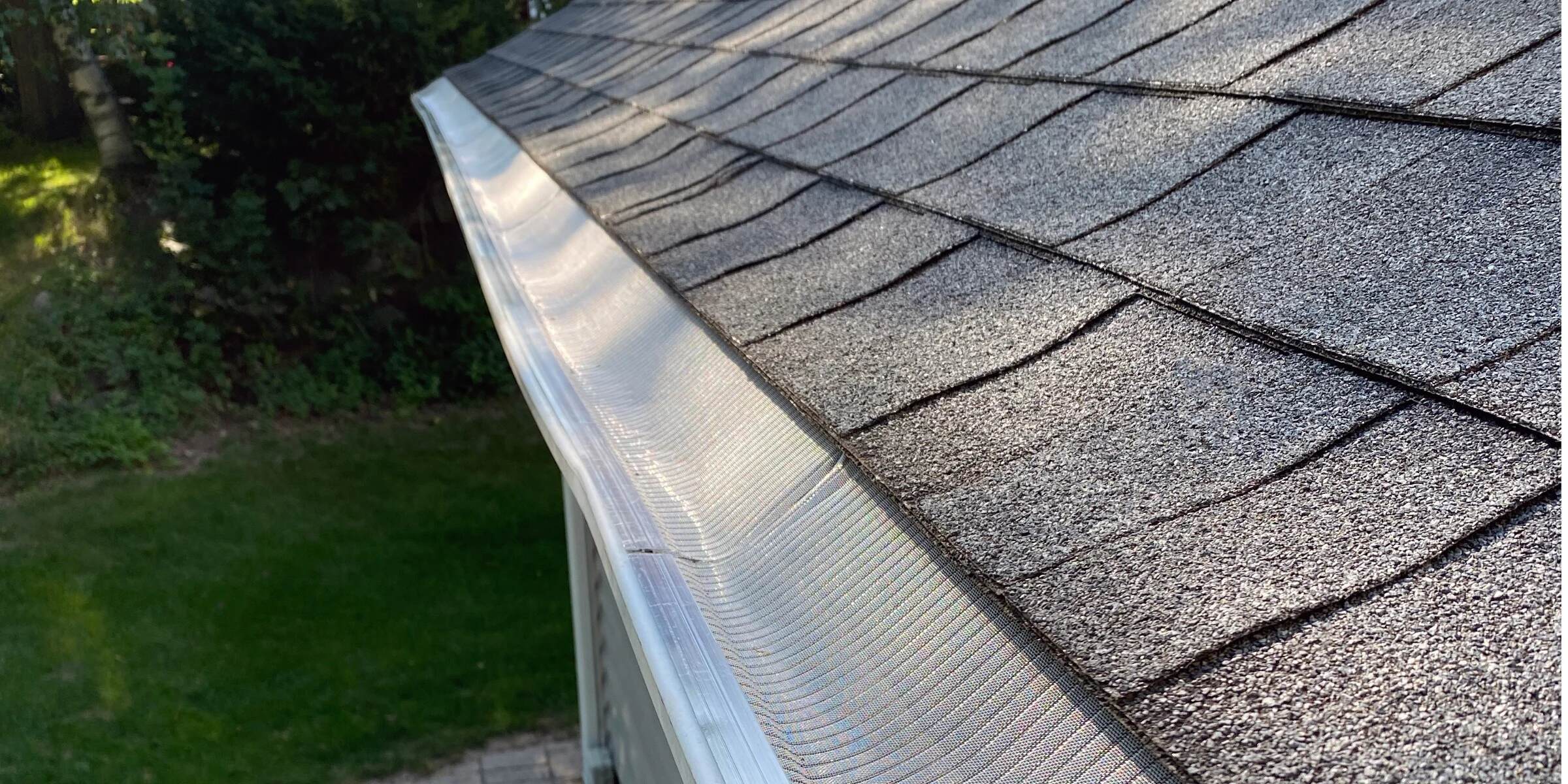Clogged gutters can be a headache. Not only do they cause water damage and create unpleasant odors, but they also require regular maintenance to keep them clear of debris.
The cost of cleaning out your gutters multiple times per year adds up quickly - so it's understandable that some homeowners consider using gutter guards as an alternative way to prevent blockage and save money in the process.
But are gutter guards really worth their price?
In this blog post, we'll unpack the pros and cons of investing in gutter protection- with an unbiased eye towards helping you make the best decision for your wallet and peace of mind.
What are Gutter Guards?
Gutter guards, also known as gutter covers, are a type of product that is installed over the top of gutters to prevent debris from clogging them.
They come in a variety of materials and designs, such as mesh or foam, and are designed to keep leaves, twigs, and other debris from entering the gutters, while still allowing water to flow through.
The primary purpose of gutter guards is to make cleaning and maintaining gutters easier.
By preventing debris from clogging the gutters, gutter guards can reduce the amount of debris that needs to be removed by hand, which can save time and effort.
Types of Gutter Guards
There are several different types of gutter guards available on the market, each with its own unique features and benefits. Some of the most common types include:
- Screen gutter guards: These are the most basic type of gutter guard, and are made from a mesh or screen material. They are designed to keep leaves and other debris out of the gutters while still allowing water to flow through. Screen gutter guards are typically the most affordable option, but they may not be as effective at preventing debris from entering the gutters as other types of gutter guards.
- Foam gutter guards: These gutter guards are made from a foam material that is inserted into the gutter. The foam is designed to expand and fill the gutter, creating a barrier that prevents debris from entering. Foam gutter guards are relatively affordable and easy to install, but they may not be as durable as other types of gutter guards.
- Reverse curve gutter guards: These gutter guards are designed to create a reverse curve inside the gutter that forces water to flow into the gutter while pushing debris away. Reverse curve gutter guards are more expensive than other types of gutter guards, but they are also more effective at preventing debris from entering the gutters.
- Micro-mesh gutter guards: These gutter guards are made from a very fine mesh material that is designed to keep out even the smallest debris. They are more expensive than other types of gutter guards, but they are also the most effective at preventing debris from entering the gutters.
- Solid gutter guards: These gutter guards are made from a solid material, such as plastic or metal, that covers the entire gutter. They are designed to prevent debris from entering the gutters, but they can also be more difficult to install and may not allow water to flow as easily as other types of gutter guards.
Pros and Cons of Investing in Gutter Guards
Pro: Save you Time and Effort
One of the main pros of gutter guards is that they can make cleaning gutters much easier. By preventing debris from clogging the gutters, gutter guards can reduce the amount of debris that needs to be removed by hand, which can save time and effort.
Additionally, gutter guards can help to prevent clogs from forming.
By preventing clogs, gutter guards can also help to extend the life of your gutters and prevent costly repairs.
Con: Price
One of the cons of gutter guards is that they can be expensive. Some types of gutter guards can be quite costly, and they may not be a cost-effective option for some homeowners.
Some gutter guards may not be as effective as others at preventing debris from entering the gutters, which can mean that you will still need to clean your gutters by hand.
In some cases, gutter guards can end up wasting your money rather than saving.
Pro: Prevents Tampering
Another pro of gutter guards is that they can also help to prevent pests, such as birds and rodents, from nesting in your gutters.
Open gutters can be a real problem with pests, as they can cause damage to the gutters and even the home's structure.
Con: Installation
Another con of gutter guards is that they can be difficult to install. Some gutter guards require professional installation, which can add to the cost and make it more difficult to install them. Additionally, some gutter guards can be more difficult to maintain, as they may require special cleaning solutions or tools to keep them in good working order.
Conclusion
Gutter guards can be a great addition to any home and can help to protect your gutters from debris, pests, and clogs. While the costs can be high, the benefits are worth considering and can help to save you money in the long run. It is important to research the different types of gutter guards available and decide which one is best for your home before investing.
For more information on gutter guards, gutter maintenance, and gutter systems, contact Pickard Roofing. We're experts in gutter installation and maintenance, and can help you choose the best gutter guards for your home.
At Pickard Roofing, we think Design. Craft. Renew. We are experienced in all types of roofing systems- and provide the right roofing design and selective craftsmanship for renewing our customer’s assets. We invite sustainable building customers to give us a call for your free evaluation. For over 90 years Pickard Roofing Company has installed countless metal, tile, slate, TPO, EPDM, and all types of shingle roofing in the Triangle. Our services include residential, commercial, custom architectural metal fabrication, and historical renovation.







